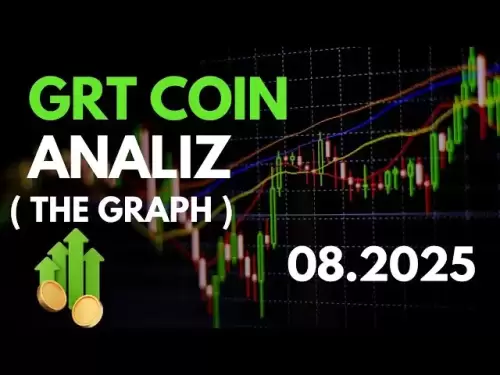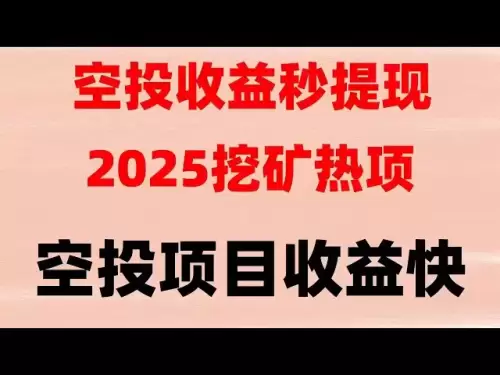-
 Bitcoin
Bitcoin $119300
2.40% -
 Ethereum
Ethereum $4254
-0.20% -
 XRP
XRP $3.184
-1.38% -
 Tether USDt
Tether USDt $1.000
0.00% -
 BNB
BNB $803.9
0.58% -
 Solana
Solana $183.1
1.50% -
 USDC
USDC $0.0000
0.01% -
 Dogecoin
Dogecoin $0.2339
-2.87% -
 TRON
TRON $0.3384
0.88% -
 Cardano
Cardano $0.8018
-0.29% -
 Hyperliquid
Hyperliquid $45.13
3.14% -
 Chainlink
Chainlink $22.10
0.96% -
 Stellar
Stellar $0.4439
-0.94% -
 Sui
Sui $3.875
-0.73% -
 Bitcoin Cash
Bitcoin Cash $570.7
0.24% -
 Hedera
Hedera $0.2589
-2.90% -
 Ethena USDe
Ethena USDe $1.001
-0.01% -
 Avalanche
Avalanche $23.83
-1.73% -
 Litecoin
Litecoin $123.8
2.61% -
 Toncoin
Toncoin $3.351
-1.13% -
 UNUS SED LEO
UNUS SED LEO $9.103
1.13% -
 Shiba Inu
Shiba Inu $0.00001356
-1.40% -
 Uniswap
Uniswap $10.93
-0.19% -
 Polkadot
Polkadot $4.057
-1.97% -
 Dai
Dai $1.000
0.01% -
 Cronos
Cronos $0.1646
4.66% -
 Ethena
Ethena $0.7974
8.11% -
 Pepe
Pepe $0.00001208
-2.89% -
 Bitget Token
Bitget Token $4.445
-1.70% -
 Monero
Monero $268.8
-2.00%
How to use Gate.io's quantitative trading tools?
Gate.io's quantitative trading tools offer automation for all levels, but success hinges on strategy design, backtesting, and risk management.
Mar 28, 2025 at 08:07 pm
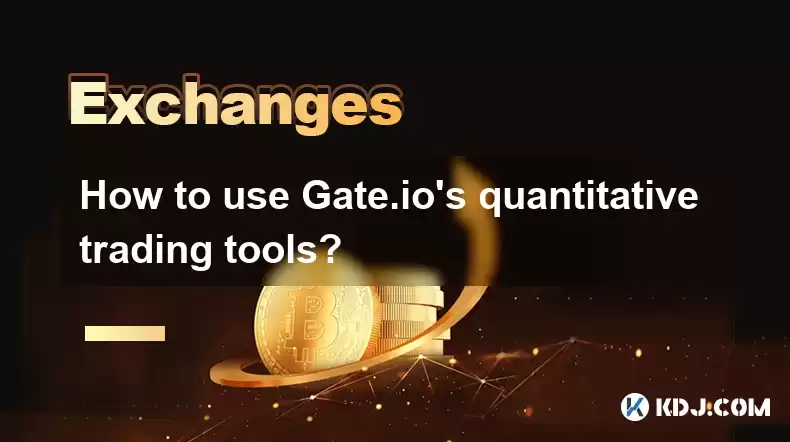
Understanding Gate.io's Quantitative Trading Capabilities
Gate.io offers a suite of tools designed for quantitative trading, catering to both beginners and experienced users. These tools allow for automated trading strategies based on algorithms and technical indicators, potentially optimizing trading efficiency and reducing emotional decision-making. However, it's crucial to understand the inherent risks involved in automated trading and the importance of thorough backtesting before deploying any strategy live. Gate.io's platform provides the infrastructure; your strategy's success rests on its design and implementation.
Accessing and Navigating the Quantitative Trading Interface
Accessing Gate.io's quantitative trading tools typically involves navigating to a dedicated section within their trading platform. This section might be labeled "API," "Quant," or something similar. Once you've located it, you'll likely find documentation, tutorials, and potentially direct access to API keys and other necessary credentials. Familiarizing yourself with the interface is crucial before attempting to implement any trading strategy. Thorough understanding of the platform's layout and functionalities is paramount for success.
Setting Up Your API Keys for Secure Access
Before you can utilize Gate.io's quantitative trading tools, you'll need to generate API keys. These keys act as your digital signature, granting your trading bot access to your account. It's critically important to keep these keys confidential and secure. Compromised keys can lead to unauthorized access and potential financial losses. Gate.io usually provides detailed instructions on how to generate, manage, and revoke API keys within your account settings.
Developing Your Trading Strategy and Algorithm
This is arguably the most crucial step. Your trading strategy dictates the logic your bot will follow. This could involve anything from simple moving average crossovers to complex machine learning models. Before implementing any strategy, rigorous backtesting is essential. This involves simulating your strategy on historical data to assess its performance and identify potential weaknesses. Many resources are available online to help you develop and refine your trading algorithms.
Backtesting Your Strategy on Historical Data
Before deploying your algorithm live, it's absolutely vital to thoroughly backtest it. This involves running your strategy against historical market data to evaluate its performance. Backtesting allows you to identify potential flaws and optimize your strategy before risking real capital. Gate.io may offer backtesting tools or integrate with third-party platforms that facilitate this process. Consider various market conditions and timeframes during your backtesting.
Deploying Your Strategy and Monitoring Performance
Once you're confident in your backtested strategy, you can deploy it on Gate.io's platform. This typically involves configuring your trading bot to connect to your API keys and begin executing trades based on your algorithm. Continuous monitoring of your strategy's performance is crucial. Regularly review your bot's trades, profits, and losses to ensure it's performing as expected and make adjustments as needed.
Managing Risk and Setting Stop-Loss Orders
Quantitative trading, while potentially efficient, carries inherent risks. Implementing robust risk management strategies is paramount. This includes setting appropriate stop-loss orders to limit potential losses if your strategy performs unexpectedly. You should also define clear risk tolerance levels and stick to them. Never invest more than you're willing to lose.
Utilizing Gate.io's Documentation and Support
Gate.io provides documentation and support resources to assist users in utilizing their quantitative trading tools. These resources can be invaluable for troubleshooting issues, understanding platform functionalities, and learning best practices. Familiarize yourself with these resources before attempting to use the platform's quantitative trading tools. Their support team can also provide assistance if you encounter any problems.
Understanding the Limitations of Automated Trading
While quantitative trading offers many advantages, it's essential to acknowledge its limitations. No trading strategy guarantees profits. Market conditions can change unexpectedly, rendering even the most sophisticated algorithms ineffective. Furthermore, unexpected events or system failures can disrupt automated trading operations. Always maintain a degree of manual oversight.
Integrating with Third-Party Tools and APIs
Gate.io's API might allow integration with third-party trading tools and platforms. This can expand your options for strategy development, backtesting, and execution. Carefully research and vet any third-party tools before integrating them with your Gate.io account. Ensure they are reputable and secure to avoid potential risks.
Adapting Your Strategy to Changing Market Conditions
Market conditions are constantly evolving. A strategy that performs well in one environment may fail in another. Regularly review and adapt your trading strategy to account for changes in market dynamics. This might involve adjusting parameters, incorporating new indicators, or even completely revising your algorithm.
Frequently Asked Questions
Q: What are the risks associated with using Gate.io's quantitative trading tools?
A: The risks include: API key compromise leading to unauthorized trading, algorithm failures resulting in losses, unpredictable market movements negating the effectiveness of your strategy, and technical issues affecting the platform's functionality.
Q: What programming languages are compatible with Gate.io's API?
A: Gate.io's API documentation will specify the supported programming languages. Common options include Python, JavaScript, and others. Check their official documentation for the most up-to-date information.
Q: Does Gate.io offer any support for quantitative trading users?
A: Gate.io typically provides documentation and potentially customer support channels to assist users with their quantitative trading endeavors. Consult their website for details on available support resources.
Q: How can I ensure the security of my API keys?
A: Store your API keys securely, ideally in a password manager. Never share them with anyone, and regularly revoke and regenerate keys if you suspect any compromise. Use strong, unique passwords for your Gate.io account and API key access.
Q: What is backtesting, and why is it important?
A: Backtesting is the process of simulating your trading strategy on historical data to evaluate its performance before deploying it live. It allows you to identify flaws and optimize your strategy, minimizing potential losses when using real funds.
Disclaimer:info@kdj.com
The information provided is not trading advice. kdj.com does not assume any responsibility for any investments made based on the information provided in this article. Cryptocurrencies are highly volatile and it is highly recommended that you invest with caution after thorough research!
If you believe that the content used on this website infringes your copyright, please contact us immediately (info@kdj.com) and we will delete it promptly.
- Bitcoin FilmFest 2026: Warsaw's Unexpected Crypto-Cinema Blockbuster
- 2025-08-11 14:30:12
- MultiBank Group's Record Results and the Rise of the MBG Token: A New Era in Finance?
- 2025-08-11 14:30:12
- Dogecoin, Toncoin, and Cold Wallet: Navigating Crypto's Latest Waves
- 2025-08-11 12:30:11
- Ethereum's Resilience: Short Liquidations and Key Support Levels
- 2025-08-11 12:50:12
- Bitcoin Price Rockets Towards $121,000: What's Fueling the BTC Surge?
- 2025-08-11 13:10:12
- Bitcoin's Open Interest Surges 45%: Is $150K Next?
- 2025-08-11 13:30:12
Related knowledge
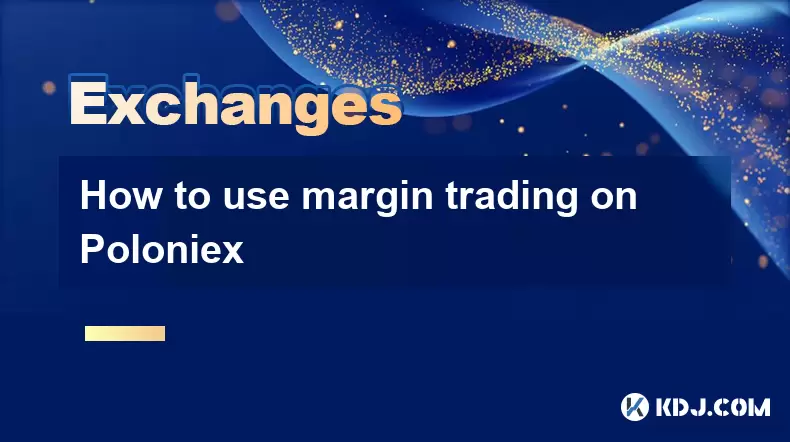
How to use margin trading on Poloniex
Aug 08,2025 at 09:50am
Understanding Margin Trading on Poloniex
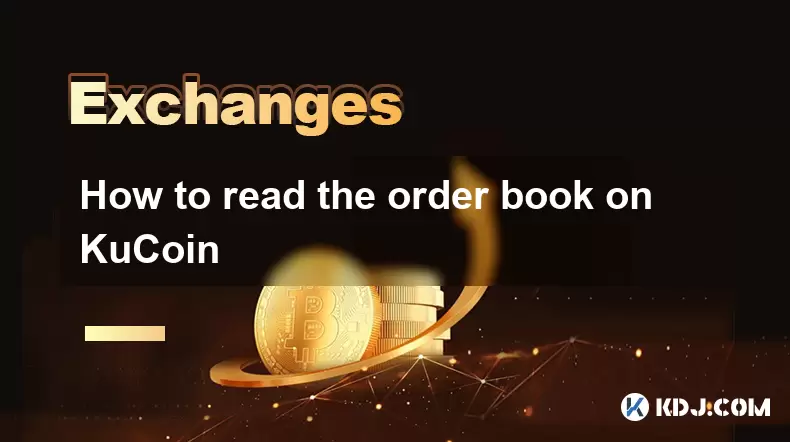
How to read the order book on KuCoin
Aug 10,2025 at 03:21pm
Understanding the Order Book Interface on KuCoinWhen accessing the order book on KuCoin, users are presented with a real-time display of buy and sell ...
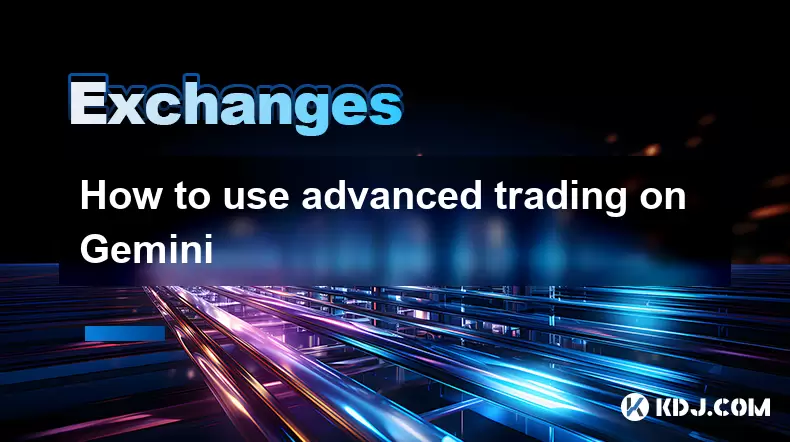
How to use advanced trading on Gemini
Aug 08,2025 at 04:07am
Understanding Advanced Trading on GeminiAdvanced trading on Gemini refers to a suite of tools and order types designed for experienced traders who wan...
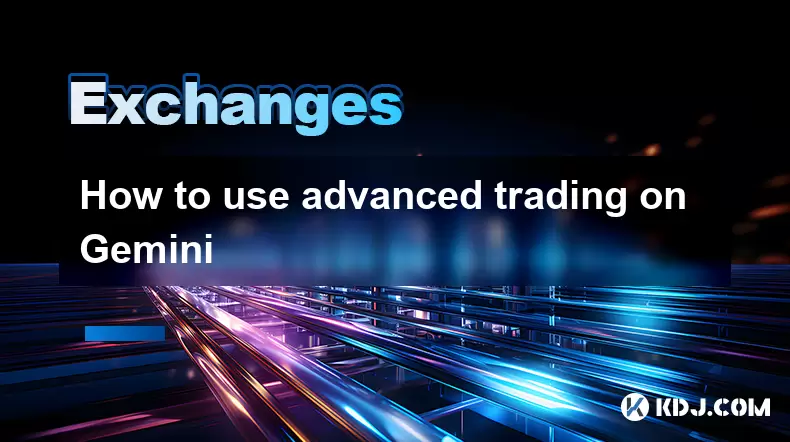
How to use advanced trading on Gemini
Aug 08,2025 at 10:56pm
Understanding Advanced Trading on GeminiAdvanced trading on Gemini refers to the suite of tools and order types available on the Gemini ActiveTrader p...
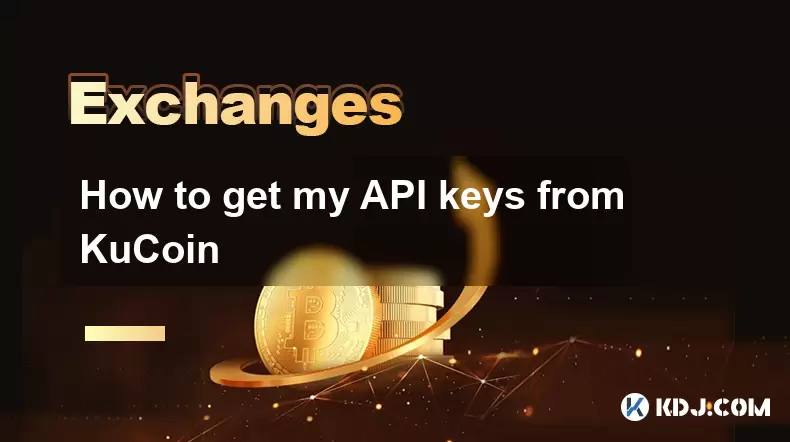
How to get my API keys from KuCoin
Aug 08,2025 at 06:50pm
Understanding API Keys on KuCoinAPI keys are essential tools for users who want to interact with KuCoin's trading platform programmatically. These key...
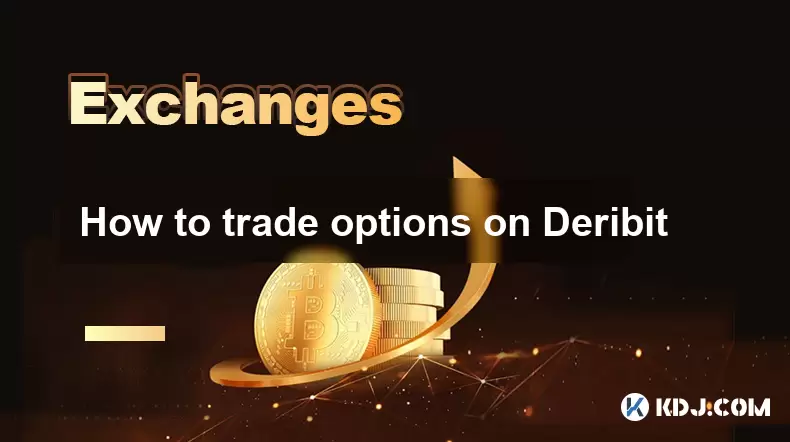
How to trade options on Deribit
Aug 09,2025 at 01:42am
Understanding Deribit and Its Options MarketDeribit is a leading cryptocurrency derivatives exchange that specializes in Bitcoin (BTC) and Ethereum (E...

How to use margin trading on Poloniex
Aug 08,2025 at 09:50am
Understanding Margin Trading on Poloniex

How to read the order book on KuCoin
Aug 10,2025 at 03:21pm
Understanding the Order Book Interface on KuCoinWhen accessing the order book on KuCoin, users are presented with a real-time display of buy and sell ...

How to use advanced trading on Gemini
Aug 08,2025 at 04:07am
Understanding Advanced Trading on GeminiAdvanced trading on Gemini refers to a suite of tools and order types designed for experienced traders who wan...

How to use advanced trading on Gemini
Aug 08,2025 at 10:56pm
Understanding Advanced Trading on GeminiAdvanced trading on Gemini refers to the suite of tools and order types available on the Gemini ActiveTrader p...

How to get my API keys from KuCoin
Aug 08,2025 at 06:50pm
Understanding API Keys on KuCoinAPI keys are essential tools for users who want to interact with KuCoin's trading platform programmatically. These key...

How to trade options on Deribit
Aug 09,2025 at 01:42am
Understanding Deribit and Its Options MarketDeribit is a leading cryptocurrency derivatives exchange that specializes in Bitcoin (BTC) and Ethereum (E...
See all articles





















